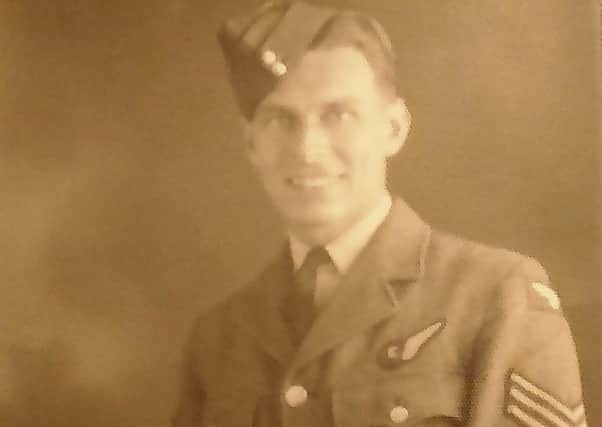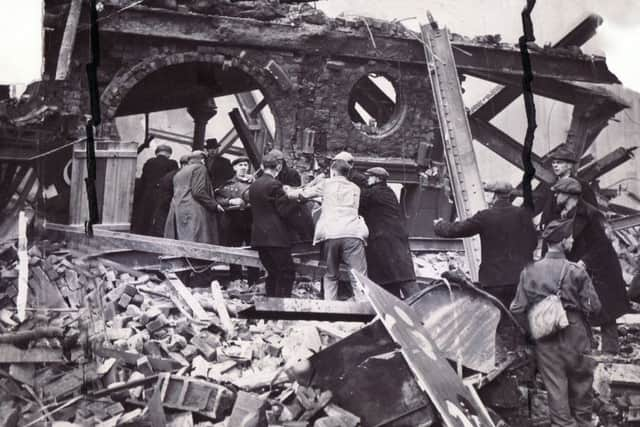Farewell to hero of blitz who helped save city


The death of Doug Lightning, one year short of his centenary, has severed a last link with the generation who fought and died as the Luftwaffe rained down bombs on South Yorkshire.
Some 668 civilians and 25 servicemen died, 1,500 more were injured and a tenth of Sheffield’s population made homeless on that night in 1940, two weeks before Christmas.
Advertisement
Hide AdAdvertisement
Hide AdMr Lightning was a fireman of 23, one of just 68 in the city. They hailed him a hero for putting out a raging fire on the Town Hall roof. He hadn’t been told the city’s communications nerve centre was beneath.


So far as anyone knows, he was the last surviving fireman on duty that night, though other witnesses, children at the time, live on.
His story epitomises the wartime spirit that brought Britain through.
“He talked about the blitz quite a lot and the Town Hall incident stuck out,” said his granddaughter, Julie Shaw.
Advertisement
Hide AdAdvertisement
Hide AdA police inspector took him down to the basement and, to cheering and clapping, told the assembled workers: “This is the man who saved the building.”


“He never forgot that,” said Mrs Shaw.
At his 96th birthday, he recalled the “deafening” sound of the bombs.
“I was scared most of the time and there was the constant misery of being wet through, the heat scorching you and the pain of cut hands from broken glass everywhere coupled with constant hunger and thirst,” he said.
“I’ve never been that knackered in my life. There wasn’t enough men or enough hose to deal with all the fires and it was no good putting a drop of water on this one and a drop on that one so we had to choose our battles carefully.
Advertisement
Hide AdAdvertisement
Hide Ad“I instructed men to tackle the Black Swan pub nearby as it was burning from the top, from incendiary bombs burning downwards, and I was worried the fire would spread to the buildings at the rear of the old Town Hall.
“By concentrating our limited resources for several hours, we did stop these fires from spreading – it was a very small success.
“Many small fires, which could have easily been put out with more supplies and manpower, went unchallenged and burned whole buildings to the ground.”
Gleadless, Moorhead, Park Hill, Sharrow, and Burngreave were among the areas worst hit, as the Germans unloaded around 355 tonnes of high explosives and 16,000 incendiary canisters. Every building in Angel Street was destroyed and the shopping district of The Moor was reduced to what one witness described as a tunnel of fire.
Advertisement
Hide AdAdvertisement
Hide AdThree nights later, around 100 bombers returned, targeting Sheffield’s industrial heartland.
“They were long and terrible nights,” Mr Lightning said.
He joined the RAF as a flight engineer in 1942, returning after the war to the fire service and serving at the old station on Division Street for the next two decades.
He also worked as an insurance salesman, bar and restaurant manager and had his own business selling garages.
South Yorkshire’s present-day firefighters will pay him a final tribute with a guard of honour at his funeral.